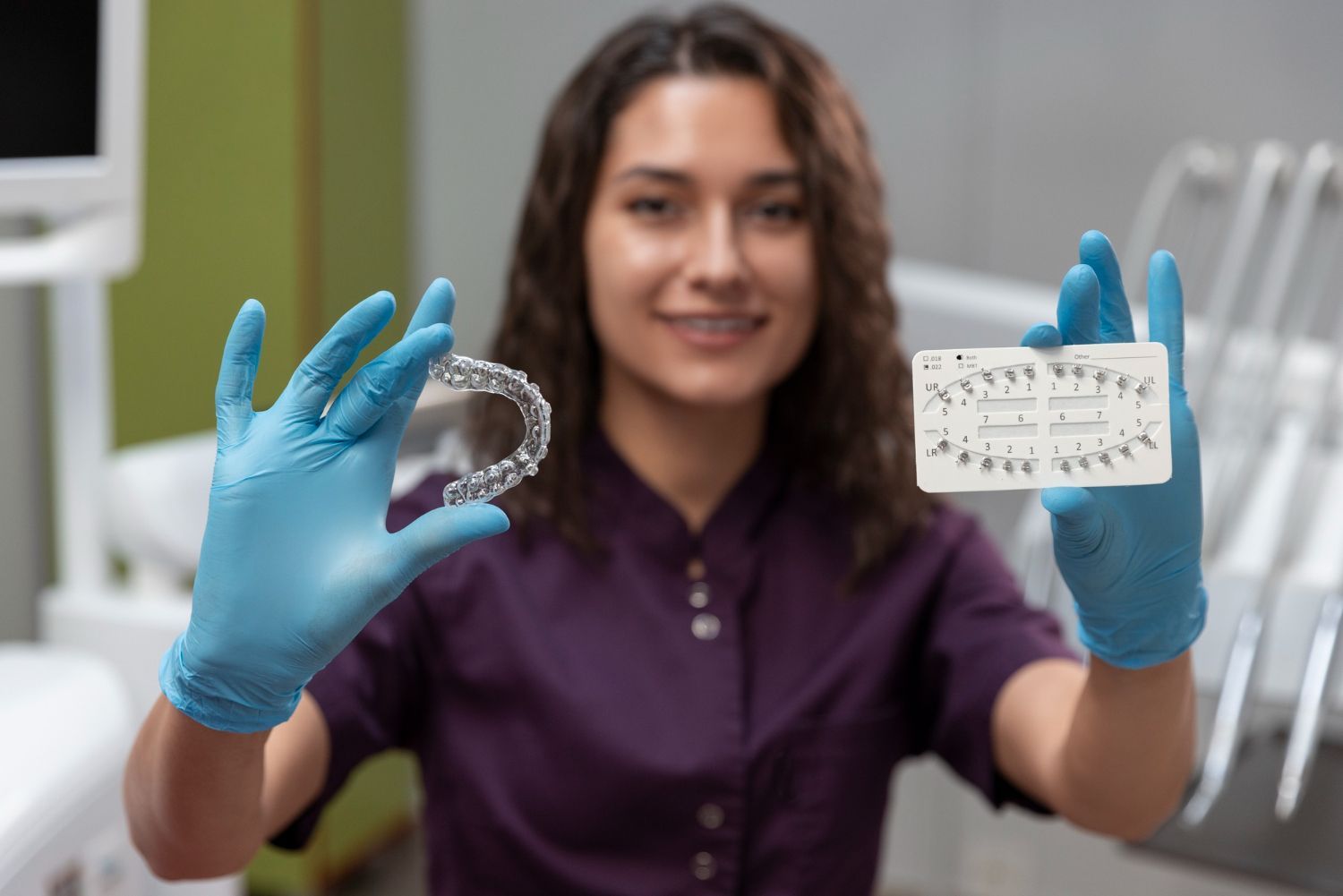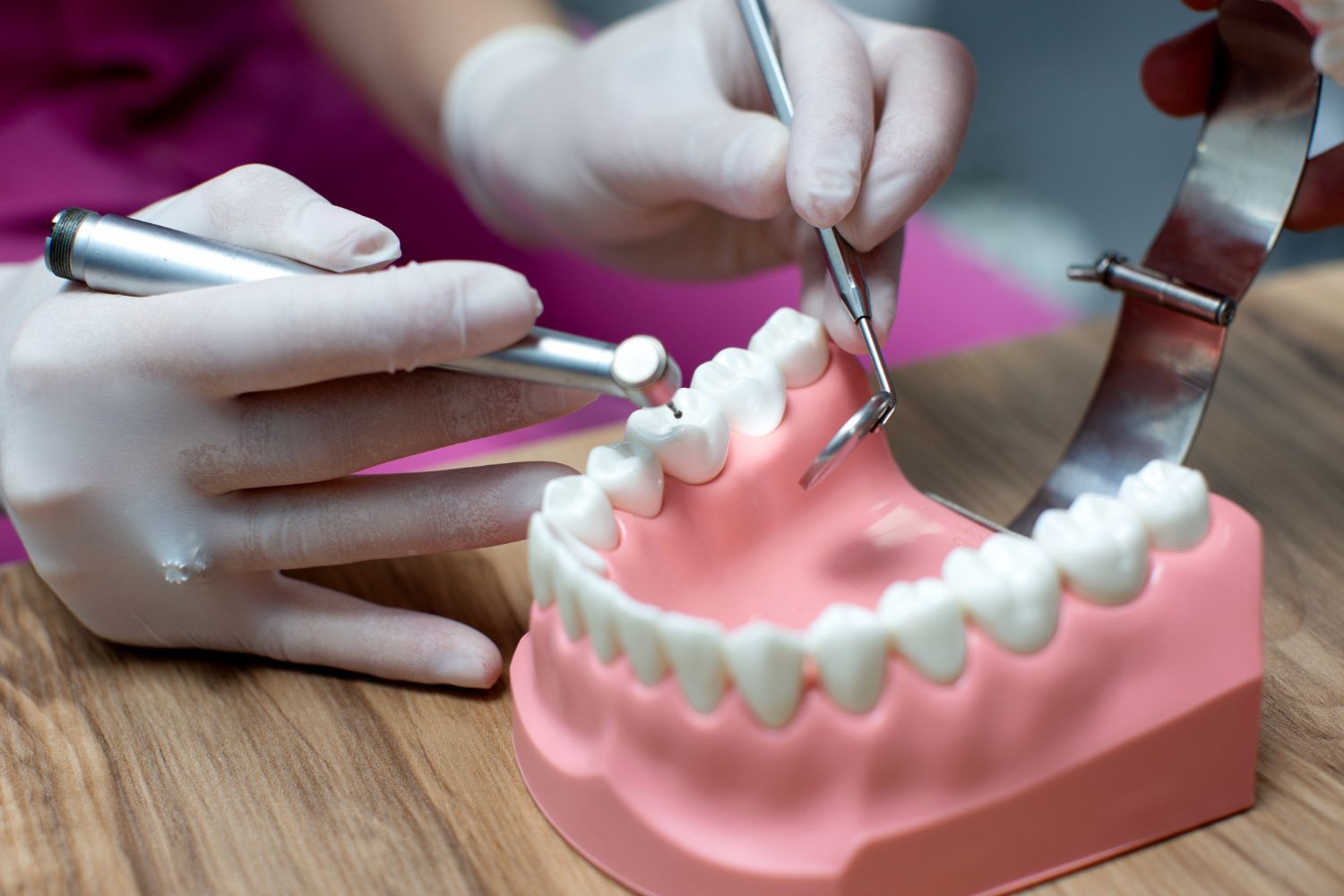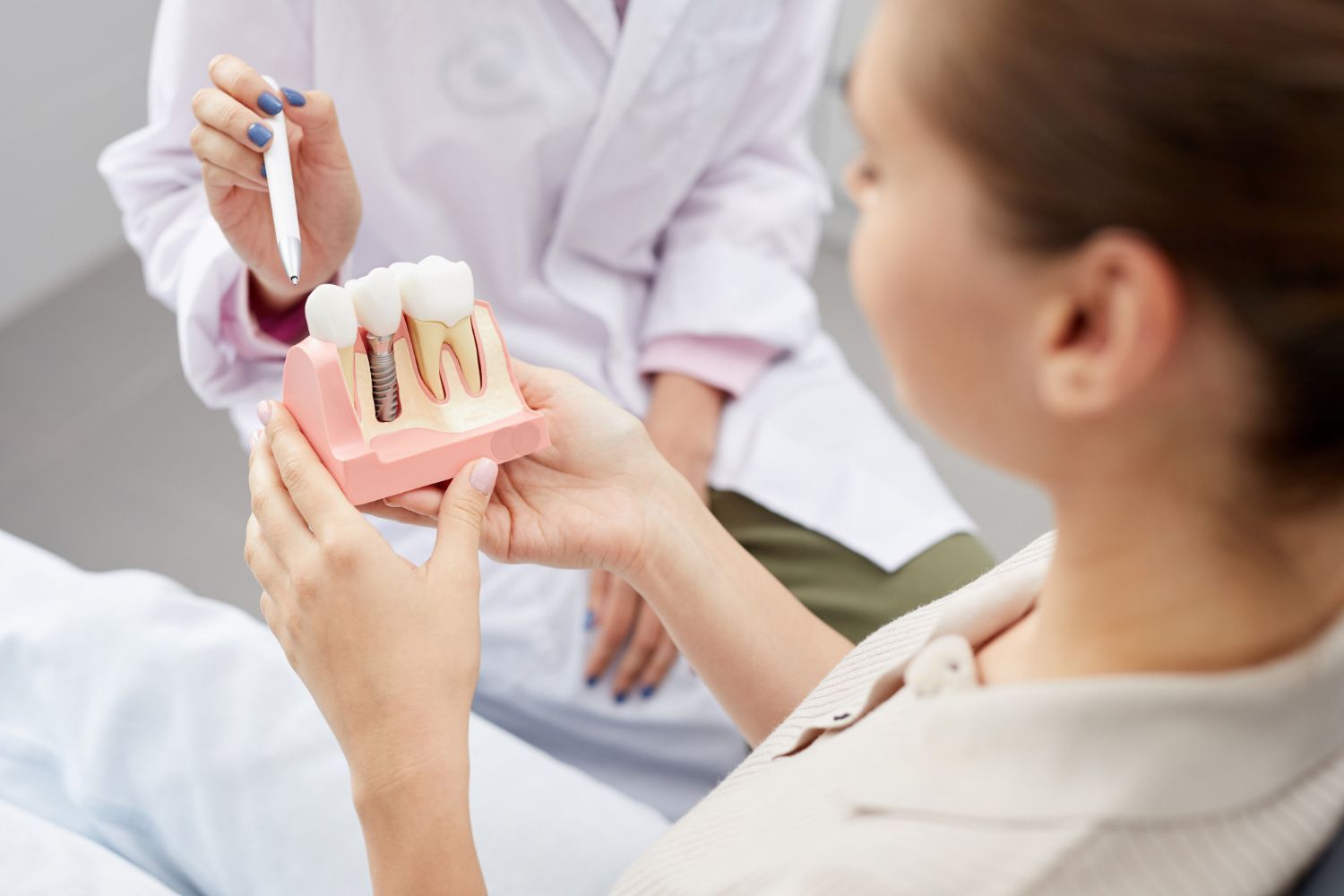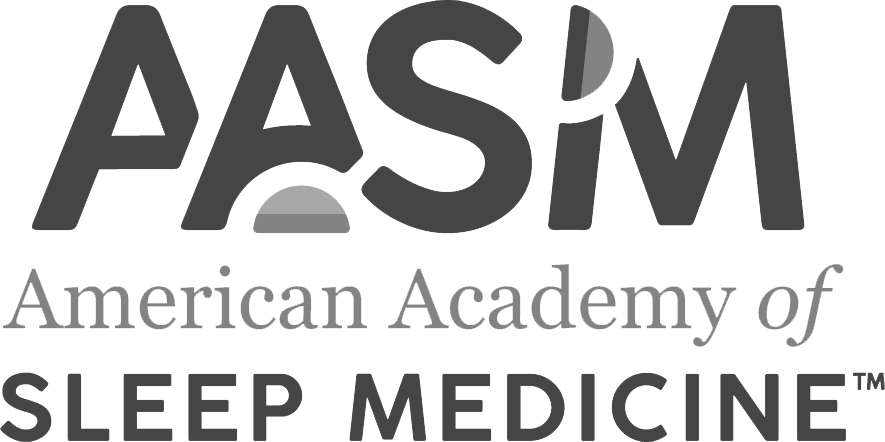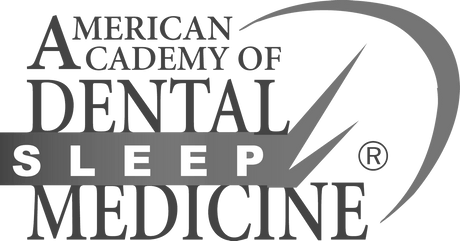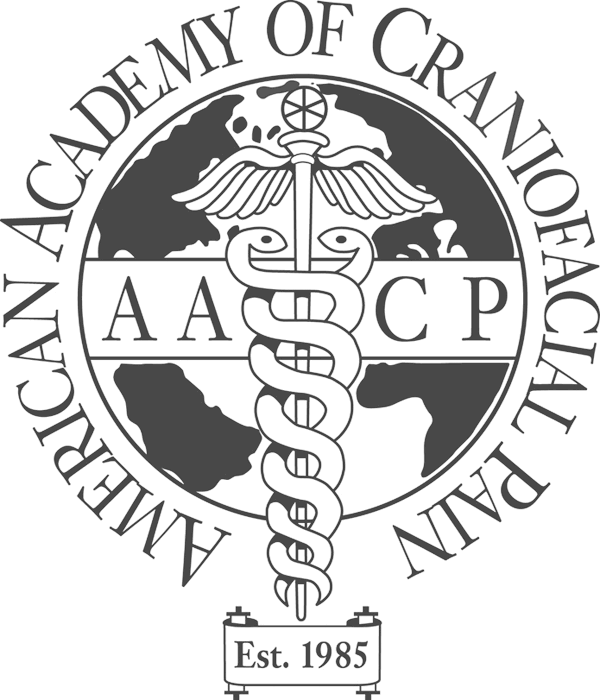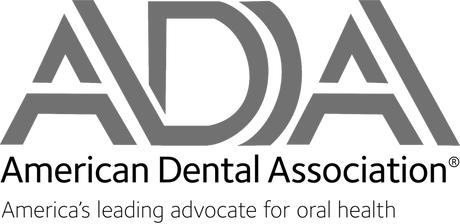Understanding Bone Graft Materials for Sinus Grafts, Ridge Augmentation, and Implants
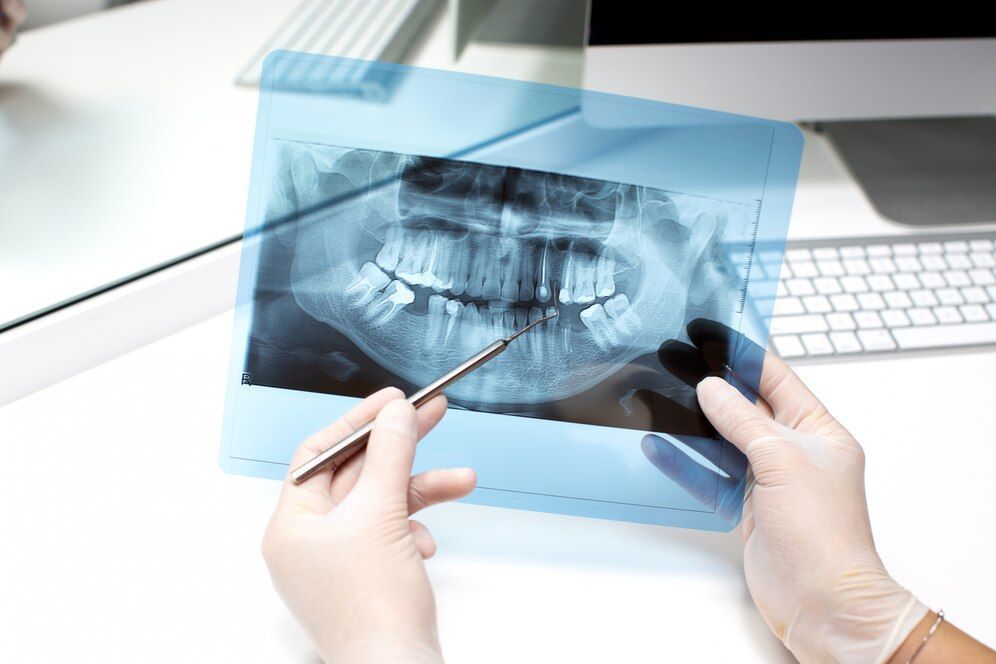
When it comes to dental implant procedures such as sinus grafts and ridge augmentation, the use of bone graft materials plays a critical role in ensuring the success and longevity of the treatment. Bone grafting materials are used to rebuild or regenerate the jawbone structure, ultimately providing a stable foundation for implants.
At Paget Dental, a world-class dental clinic in Bermuda, our team of dental professionals takes pride in educating patients on the different bone graft materials used in dental procedures to empower them with knowledge and help them make better, well-informed decisions.
In this comprehensive guide, we will explore the various bone graft materials used in dental implant procedures, including sinus grafts and ridge augmentation. We will discuss the different types of graft materials, their unique characteristics, advantages, and potential drawbacks, and the factors that influence the selection of the right material for your specific dental situation.
By diving deep into the world of bone graft materials, our mission is to help you gain a more profound understanding of the intricacies of dental implant surgery, allowing you to feel more comfortable and confident in your treatment choices.
At Paget Dental, our commitment to providing high-quality dental care aligns with our dedication to patient education. By offering in-depth explanations and guidance throughout each stage of your dental journey, our goal is to ensure that you receive the best care.
Join us as we uncover the fascinating world of bone graft materials and their role in successful dental implant procedures, and learn how proper selection can lead to outstanding outcomes for your overall oral health.
In the following sections of this article, you can expect to learn about:
1. Autografts: Bone grafts obtained from the patient's own body, their benefits, drawbacks, and ideal use cases.
2. Allografts: Bone grafts sourced from human donors, their advantages, potential concerns, and when they're best suited.
3. Xenografts: Bone grafts derived from animals, primarily bovine sources, their unique properties, and application scenarios.
4. Alloplasts: Synthetic bone graft materials, how they've evolved over the years, and the situations where they're recommended.
5. Factors influencing the choice of bone graft material: A discussion on patient needs, procedure types, and the role of your dental professional in selecting the best option.
6. Paget Dental's approach: An overview of how our expert dental team considers the various aspects of bone graft materials to deliver the best treatments for our patients.
Stay tuned to learn more about these bone graft materials and their vital roles in dental implant surgeries. In the meantime, if you have any questions or concerns or wish to schedule a consultation, reach out to us at Paget Dental, and let our team guide you through your journey towards a healthier smile.
1. Autografts: The Gold Standard in Bone Graft Materials
Autografts, also known as autogenous bone grafts, are bone materials harvested from the patient's own body, typically from areas such as the chin, hip, or lower jaw. As the gold standard in bone grafting materials, autografts offer numerous advantages:
- Biocompatibility: Since the bone material comes from the patient themselves, there is no risk of immune rejection or disease transmission.
- Osteoinductive properties: Autografts contain live cells and growth factors that stimulate bone formation and promote faster healing.
- Osteoconductive properties: Autografts provide a natural scaffold for new bone growth, allowing for seamless integration with the existing bone.
However, autografts have certain drawbacks:
- Additional surgical site: Harvesting bone from another area of the patient's body requires an extra surgical procedure, leading to increased discomfort and recovery time.
- Limited availability: In some cases, there may not be enough autogenous bone available, and alternative graft materials may be necessary.
Despite these drawbacks, autografts remain a popular choice for dental procedures like sinus grafts and ridge augmentations due to their high success rate and biocompatibility.
2. Allografts: A Convenient and Safe Alternative
Allografts refer to bone graft materials that originate from human donors. These grafts undergo rigorous processing and sterilization to ensure their safety. The main advantages of allografts include:
- No additional surgical site: Since allografts come from a donor, patients do not require an extra surgical procedure nor experience the associated discomfort.
- Abundant material: Allografts provide a larger supply of bone material, making them an excellent choice for patients with extensive bone loss or large defects.
However, allografts may pose some potential concerns:
- Reduced biological properties: Allografts lack live cells, growth factors, and vascular networks, which may result in slower healing and integration.
- Disease transmission risks: Although this is rare due to stringent safety protocols, there is a slight risk of transmitting infections when using donor tissues.
Despite these concerns, allografts have consistently shown a high degree of success, particularly when used in combination with growth factors to enhance their bioactivity.
3. Xenografts: An Animal-Derived Bone Graft Solution
Xenografts are bone graft materials derived from animal sources, most commonly bovine (cow) bone. The material is processed to remove any cellular components, leaving behind a mineral scaffold. Xenografts offer several advantages:
- Unlimited supply: Bovine bone grafts are widely available and can accommodate large defects or extensive bone loss.
- No additional surgical site: Like allografts, xenografts eliminate the need for an extra surgical procedure, reducing patient discomfort and recovery time.
However, xenografts also have some limitations:
- Slower resorption and integration: Due to their non-human origin, xenografts can take longer to integrate with human bone tissue and may not fully resorb.
- Biocompatibility concerns: Although rare, some individuals may have allergic reactions to bovine-derived graft materials.
When appropriately processed and selected, xenografts can provide a viable alternative for patients seeking bone graft materials for dental procedures.
4. Alloplasts: Synthetic Materials for Bone Grafting
Alloplasts are synthetic bone graft materials, typically made from biocompatible materials such as calcium phosphate, bioactive glass, or hydroxyapatite. They can emulate the bone's mineral components, providing a conducive environment for new bone growth. Advantages of alloplasts include:
- Unlimited supply: Being synthetic, alloplasts can be produced in large quantities, providing an ample supply of graft material.
- No risk of disease transmission: Since there is no biological tissue involved, alloplasts eliminate any concerns regarding disease transmission or allergic reactions.
The limitations of alloplasts are primarily related to their reduced biological properties. Still, when coupled with growth factors, they can serve as a successful option for patients with contraindications for other graft materials.
Achieving Optimal Results with Paget Dental
Whether opting for autografts, allografts, xenografts, or alloplasts, each bone graft material has unique characteristics, advantages, and limitations. Ultimately, the selection of the most suitable material will depend on factors such as the patient's dental and medical history, the extent of bone loss, and their individual needs and preferences.
At Paget Dental, our experienced dental professionals are committed to guiding you through this decision-making process, addressing any concerns or questions, and ensuring the highest quality of care and treatment outcomes. Schedule a consultation with our dental experts today, and let us help you determine the most fitting bone graft material for your sinus graft, ridge augmentation, or
dental implant procedure.
Contact us to explore your options and begin the journey to a healthier, more radiant smile.
